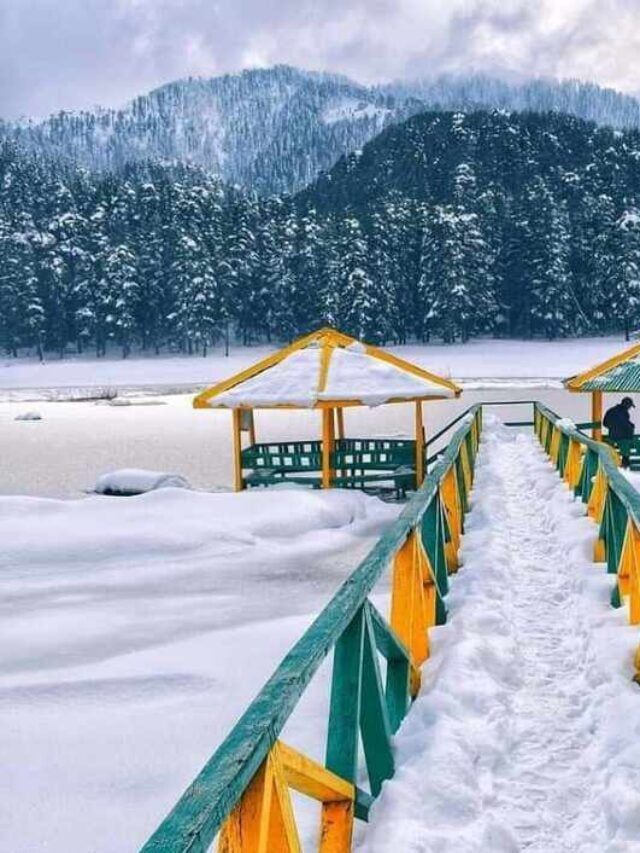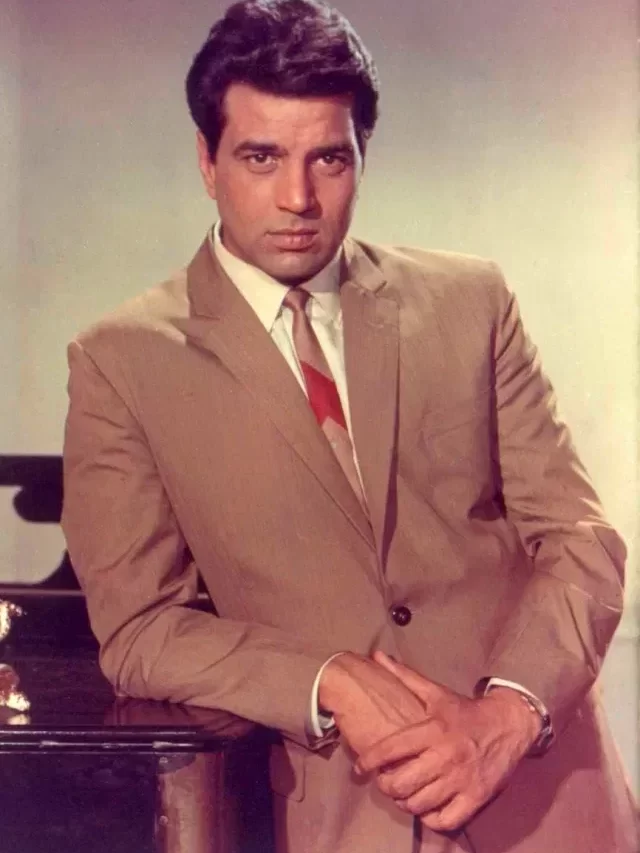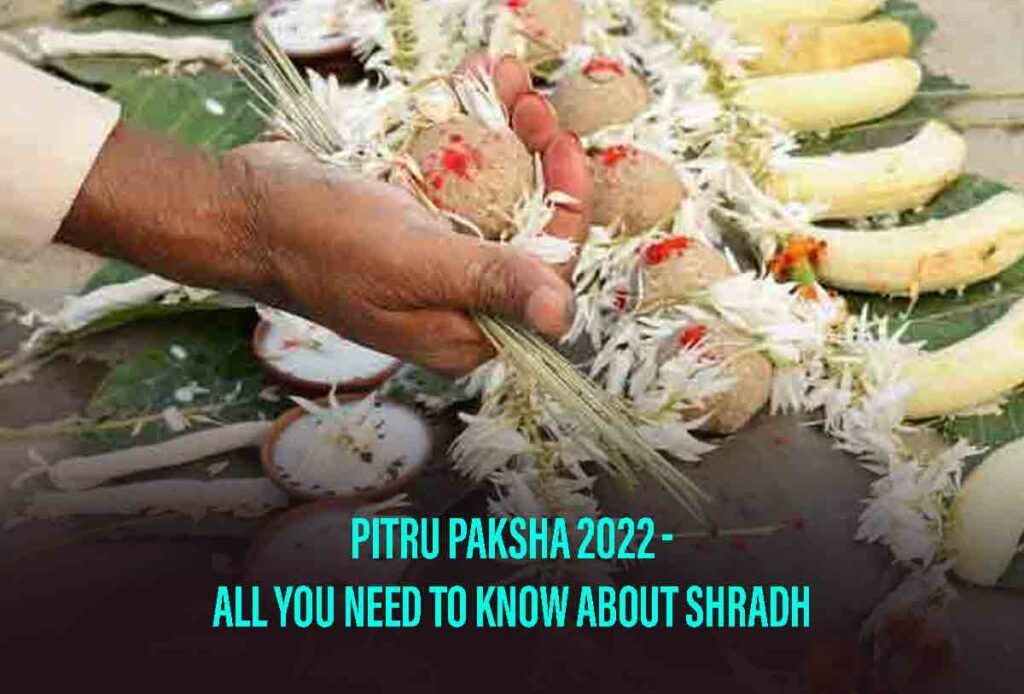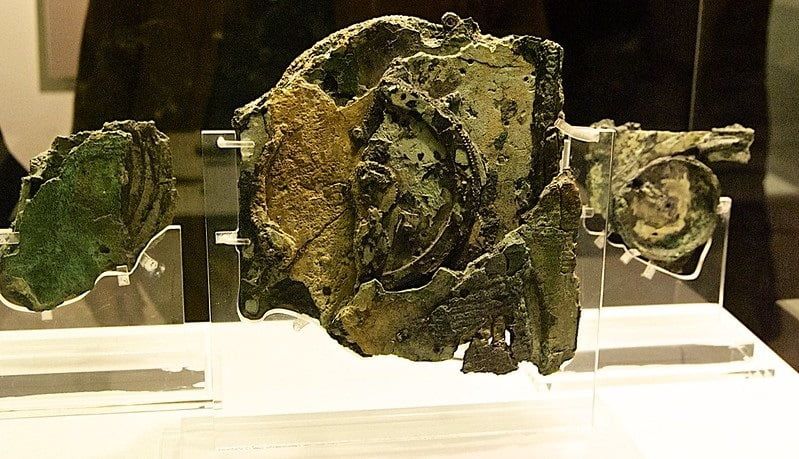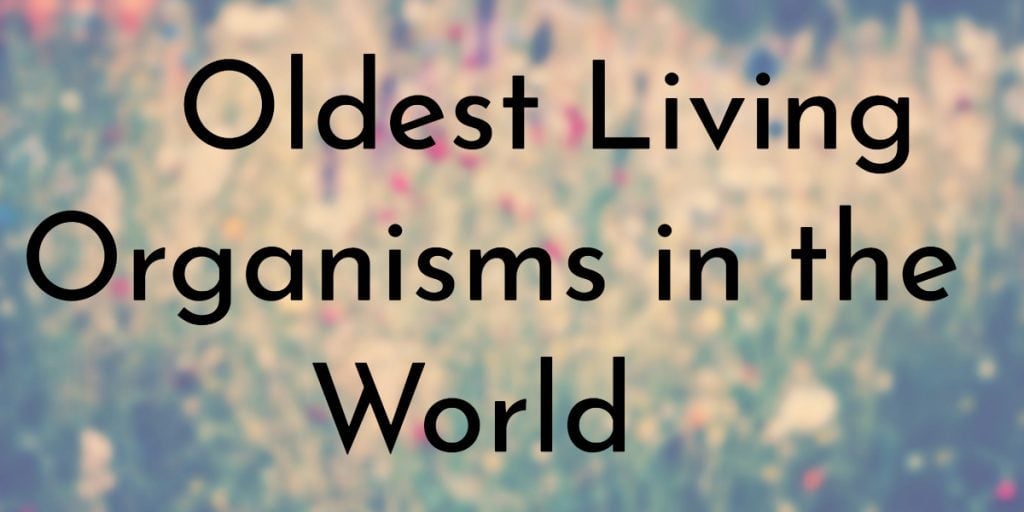India is a diverse country with various religions and so many festivals. The citizens of India consider it to be a privilege to have holidays for all religious occasions. It does not matter if it’s Christmas, Diwali, Holi, Eid-al-Adha, and so many more you will definitely have a day off during these festivals. Moreover, there are different festivals for different states as well. For example, Tamil New year which is celebrated by the people of Tamil Nadu, Onam which is celebrated by Kerala people and so many more. One such celebration which is celebrated in India is the Pitru Paksha. But what is Pitru Paksha? well for starters, it is a Hindu celebration. Pitru Paksha start and end dates are not static. There are several rituals of Pitru Paksha that are sincerely followed by the Hindus. As you read through you will get to know about Pitru Paksha significance.
What Is Pitru Paksha?
Before knowing deeply about the Pitru Paksha start and end dates, rituals of Pitru Paksha, and Pitru Paksha significance, let us know what is Pitru Paksha. Pitru Paksha is often observed for a period of fifteen days. These fifteen days are calculated based on the lunar Hindu calendar.
Pitru Paksha start and end dates include the full moon (Purnima tithi) during the month of Bhadrapad and Amavasya tithi which will be in the month of Aswin, respectively. Mahalaya Amavasya or Sarvapitri Amavasya is known to be the last day of the Pitru Paksha. This is why it is viewed to be more significant than any other day. It marks the period of time when people pay homage to their known departed souls so that they will attain moksha (liberation).
Pitru Paksha Start And End Date
In the current year, Pitru Paksha will start from the 10th of September (Saturday) and will last until the 25th of September, which will be on Sunday. Every year Pitru Paksha start and end date change according to the Hindu calendar. It is observed for 15 to 16 days according to the Lunar period.
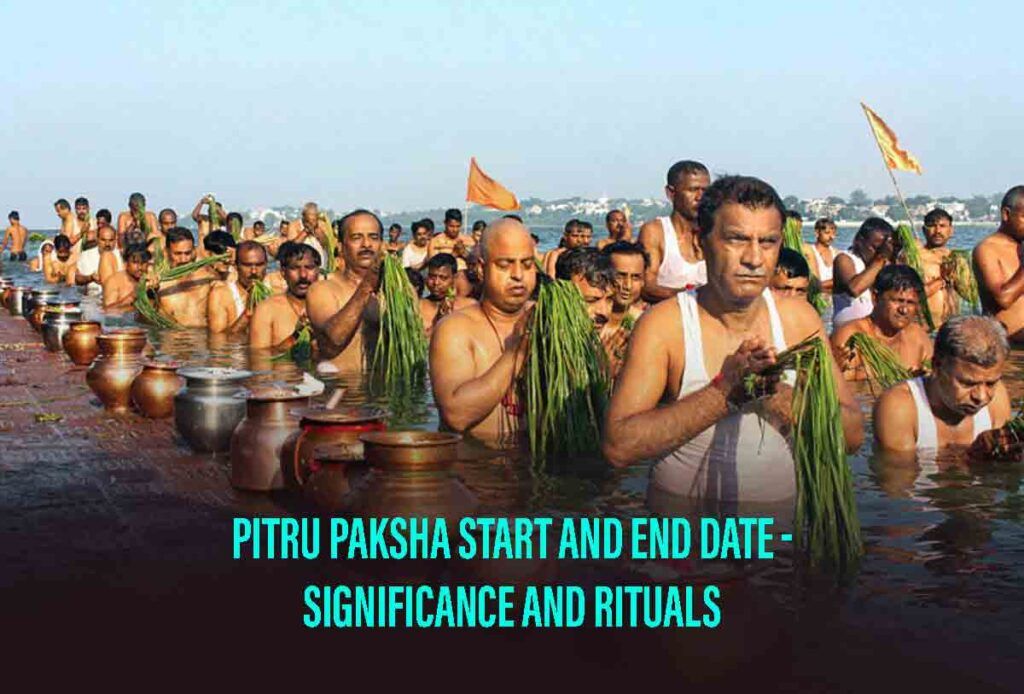
Pitru Paksha Significance
According to the Hindus, this is a celebration where they honour the souls of their departed loved ones. Through this, they make sure that their soul reaches liberation, also known as “moksha”.
A ritual called the Shradha will be conducted every year in order to make their souls attain moksha.
Also Read- Significance & Importance Of Shradh Pooja In India
Rituals Of Pitru Paksha
1. Shradh
The rituals of Pitru Paksha start with the eldest son of the departed of every family, conducting the Shradh. In case, if the deceased has no sons, a male relative can conduct the Shradh. During the Shradh ritual, the person wears clean or new clothes and rings after a holy bath. The clothes and the ring will be made of kush grass. This resembles kindness and is used to invoke the presence of the ancestors.
2. Pind Daan
A white cloth must be used to cover the wooden table (chowki) present in the house. and kept facing the south. A picture of the deceased should be placed on the table along with black sesame and barley seeds. Pind Daan will be offered to their ancestors as rice balls. Goat milk, rice, sugar, and honey will be used to make the rice balls.
3. Tarpan
Tarpan During the Tarpan ritual, flour mixed with water, barley, and some sesame seeds will be offered to the deceased.
Once all these three ritual stages are completed, family members offer food to the needy and the poop nearby.

Also Read- Shradh Rules – What To Do, What To Avoid And Scientific Reasons Behind Shradh
Conclusion
According to the Hindus, Pitru Paksha is an auspicious day. During these days they make sure that the souls of their beloved attain liberation.
For more related articles, visit Discover
